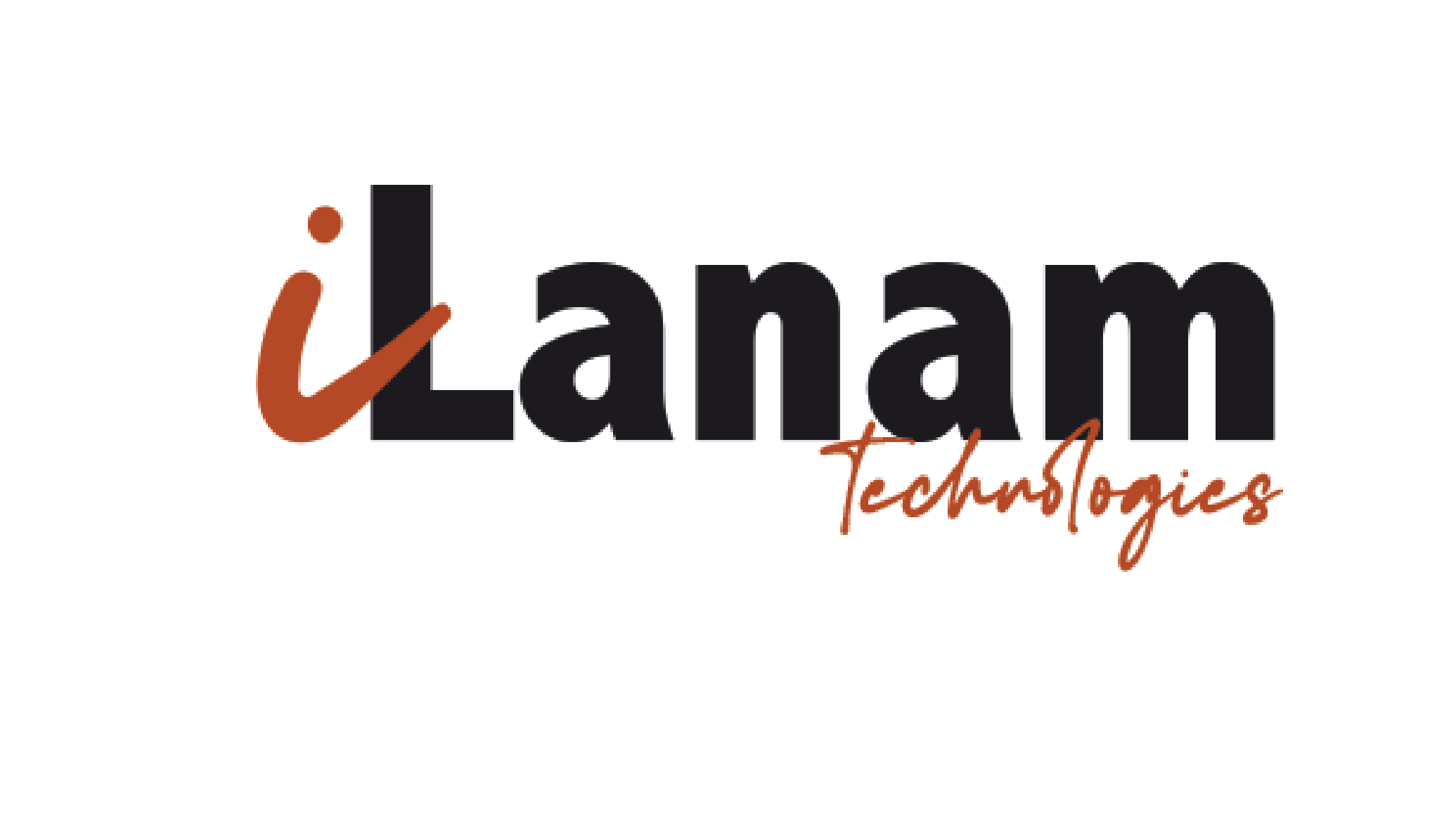Moving on,
One needs to understand that a taxi-‘sharing’ app, as the name suggests, could be used by passengers to ‘share’ taxis on demand, but not almost necessarily by just customers who wish to travel from one place to another. Although this is the lesser explored idea of what the term stands for, there are many car dealers as well as drivers that use these services to earn a living. In such a case, the ‘sharing’ takes place between vehicles and services and facilitates transaction. Therefore, as a business that develops ride-sharing apps, ignoring this facet will not fare you well in the long run.
For this, several interfaces need to be developed: The most popular one being the apps that passengers use to call for cabs, the second one being one that the car dealer may use to lend his cars and earn money in return, and the third being an interface that allows drivers to connect with these dealers.
Although the last two app interface concepts need not necessarily exist across every taxi-sharing business, it does not hurt to include them. Instead, it guarantees fruitful business, for it is economical to all parties concerned in terms of time, money as well as effort.

